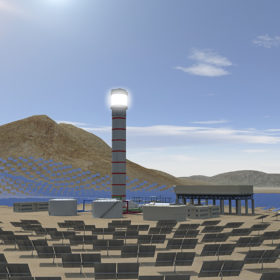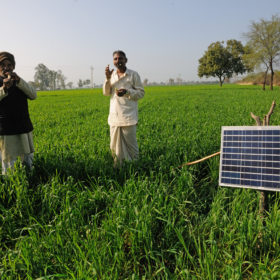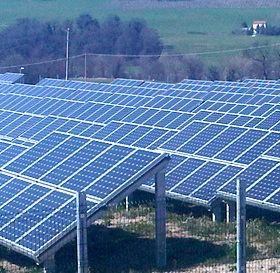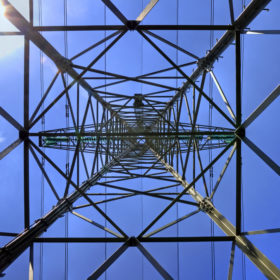Budget 2019: Solar industry reaction
A proposed investment in railways and roads offers an opportunity to harness solar for commercial vehicles and public transport. However, the 2019 federal budget does not address the industry’s call for varied financing options for solar projects or a plea to treat consumers’ solar borrowings as home loans.
Budget 2019 reaffirms priority on renewables but lacks sops
Reaffirming Indian government’s commitment to promote renewable energy, Interim Finance Minister Piyush Goyal laid emphasis on the need for increased use of electric vehicles and new-age energy solutions. He also highlighted that the Indian government would meet its target of universal household electrification by the end of March 2019.
GE to combine renewable and grid assets
General Electric (GE) intends to consolidate all of its renewable and grid assets into a single unit, intensifying focus on the growing renewable energy market.
India’s private-player driven standalone solar products market could triple by 2023
The overall private player driven market could grow to Rs 26,178 million by 2023 from current Rs 7,051 million, while the government driven market would increase from Rs 31,700 million to Rs 75,000 million. Most of the future sales is likely to come from solar lanterns with additional services, for example, mobile charging, radio, and solar home systems—according to a latest report by GOGLA.
Railways could greatly lower transport energy use, says IEA
While the rail sector carries 8% of the world’s passengers and 7% of global freight transport, it represents only 2% of total transport energy demand, thus highlighting its efficiency. By diversifying energy sources and providing more efficient mobility, rail can lower transport energy use, and reduce carbon dioxide and local pollutant emissions, say International Energy Agency (IEA) analysts.
Now SECI tenders 1.5 GW manufacturing-linked 3 GW solar tender
India’s Solar Energy Corporation of India (SECI) has tendered 1.5 GW worth of solar cell and module manufacturing capacity linked to ISTS connected solar PV power plants for an aggregate capacity of 3 GW. The plants are to be developed on ‘build own operate’ basis. The maximum tariff payable to the project developers has been fixed at Rs 2.75/kWh for 25 years.
Viability gap funding approved for 1 GW solar projects in North East
The President of India has sanctioned implementation of viability gap funding for setting up of 1 GW grid-connected solar PV power projects in North Eastern states including Sikkim. The funding has been approved as a subset of the existing scheme for setting up of 5 GW grid connected solar PV power projects with viability gap funding under Batch IV Phase II of Jawaharlal Nehru National Solar Mission.
10 GW mega solar tender trimmed to 3 GW
A week after rejecting the sole bid received from Azure Power, India has trimmed the size of its first ever manufacturing-linked solar tender by more than two-thirds.
Saudi Arabia launches tender for 1.5 GW of solar capacity
The Renewable Energy Project Development Office is tendering seven large-scale IPP solar projects. The exercise is part of Round 2 of the Saudi National Renewable program, which is expected to allocate almost 2.2 GW of PV capacity this year.
Haryana gives farmers solar connection option for tubewells
State owned Dakshin Haryana Bijli Vitran Nigam (DHBVN) has asked 1,703 farmers from Faridabad, whose applications for new tubewell connections up to 10 BHP are pending, to give their choice for off-grid solar connections from the Haryana Renewable Energy Development Agency or grid connections from the DISCOMs, reports The Tribune.














